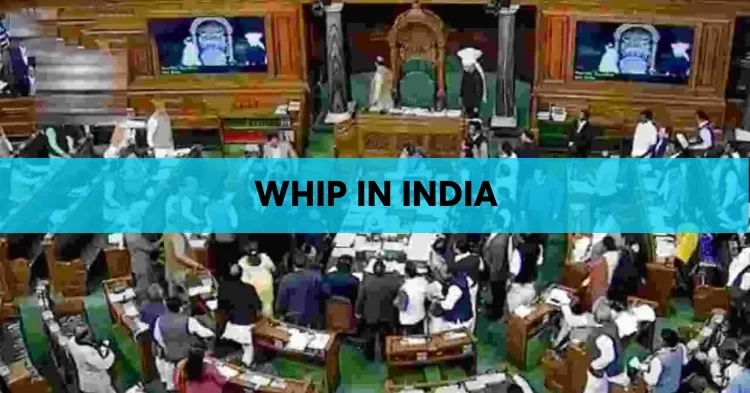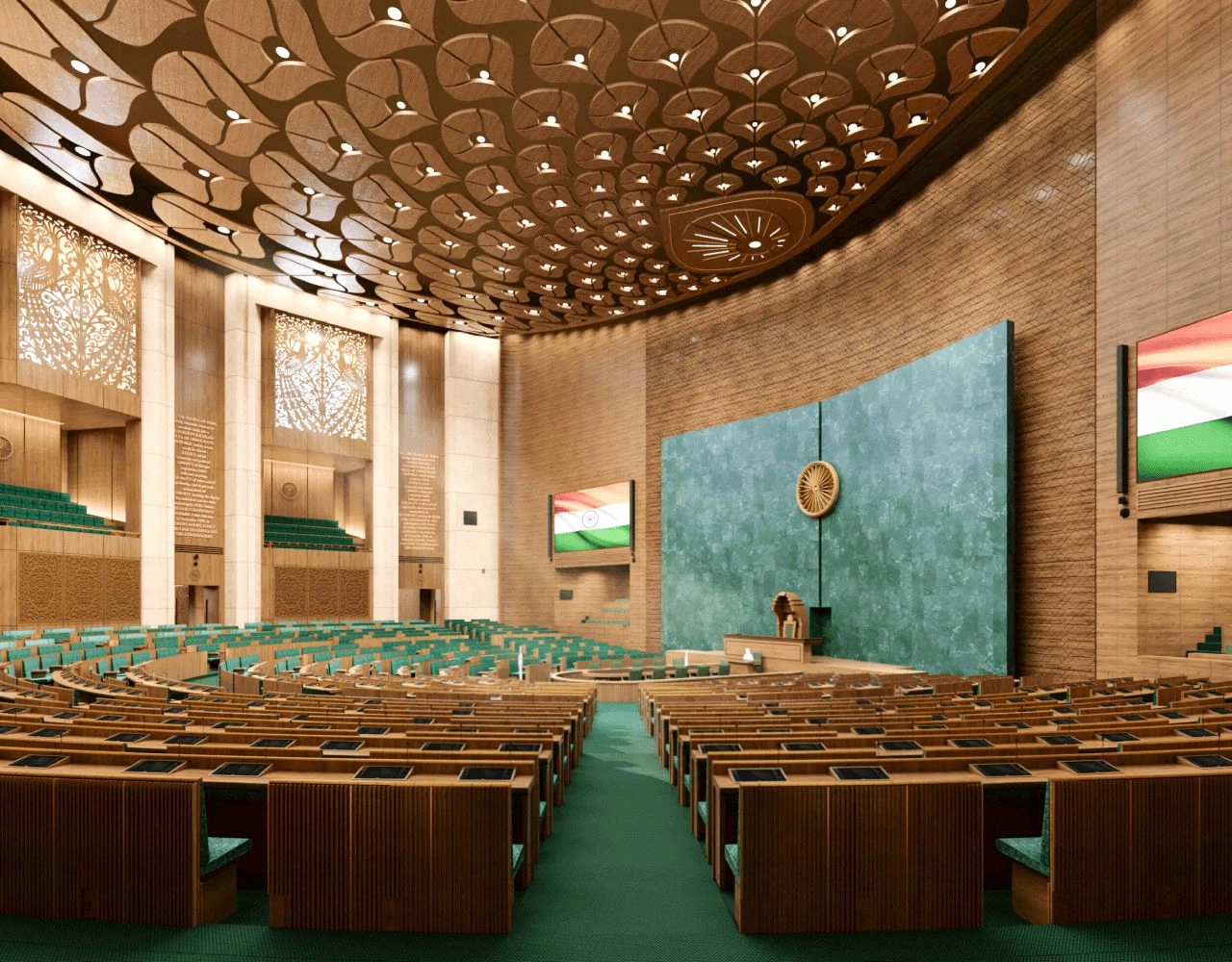Whip System
Vice President Jagdeep Dhankhar criticized the whip system, saying it curtails an MP’s freedom of expression and enforces party servility. His remarks sparked a debate on whether MPs should be allowed independent decision-making in Parliament.
Origin of the term “Whip”
- The term comes from English hunting traditions, where a “whipper-in” kept stray hounds in the pack.
- Edmund Burke, an Anglo-Irish politician, first used the term in a political context in the House of Commons.
History of Whip in India
- The whip system has been part of India’s parliamentary practice since independence.
- It ensures party discipline, especially during crucial votes in Parliament. MPs are expected to follow the party line; defying the whip can lead to disciplinary action, including expulsion.
Types of Whips
- One-line whip: Informative; members can abstain.
- Two-line whip: Requires presence but allows freedom to vote.
- Three-line whip: Strictest; mandates presence and voting as per party direction.
Anti-Defection Law and Whips: Under the Anti-Defection Law (1985) , violating a three-line whip can lead to disqualification. The Supreme Court has upheld the whip system as necessary for political stability.
What is the Role of the Chief Whip?
- The Chief Whip of a party ensures MPs follow party decisions.
- The Minister of Parliamentary Affairs is the government's Chief Whip in Lok Sabha.
- In Rajya Sabha, the Minister of State for Parliamentary Affairs performs this role.

Importance of the Whip System
- Ensures stability in parliamentary democracy by maintaining party discipline.
- Helps ruling parties demonstrate their majority during crucial votes.
- Former Speaker Sumitra Mahajan emphasized that MPs elected on a party ticket should adhere to party decisions.
All-India Whips Conference
- Held since 1952 to allow whips from different political parties to discuss parliamentary functioning.
- Organized by the Ministry of Parliamentary Affairs to ensure coordination among party whips.













